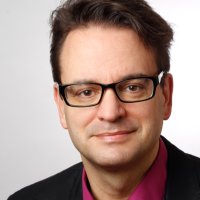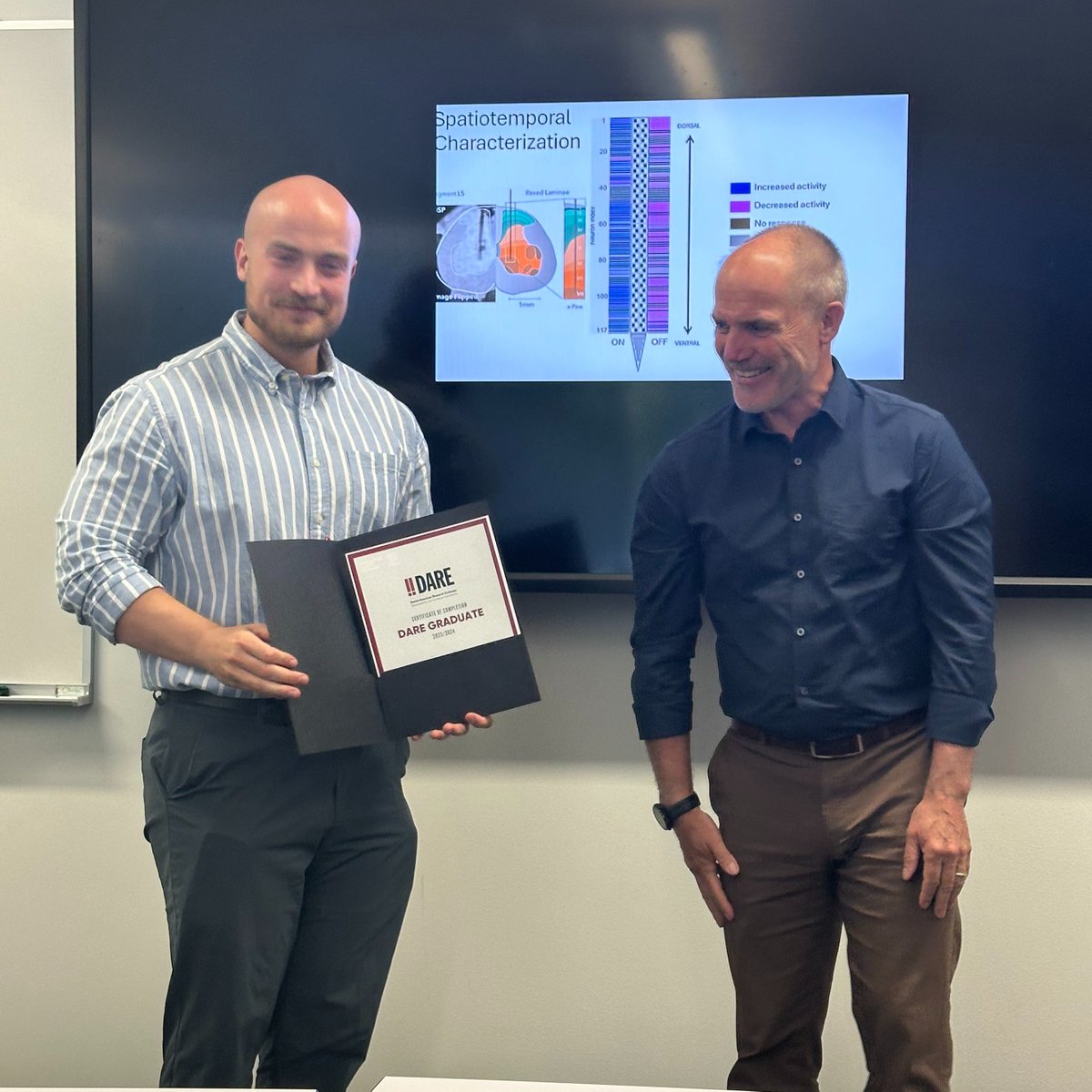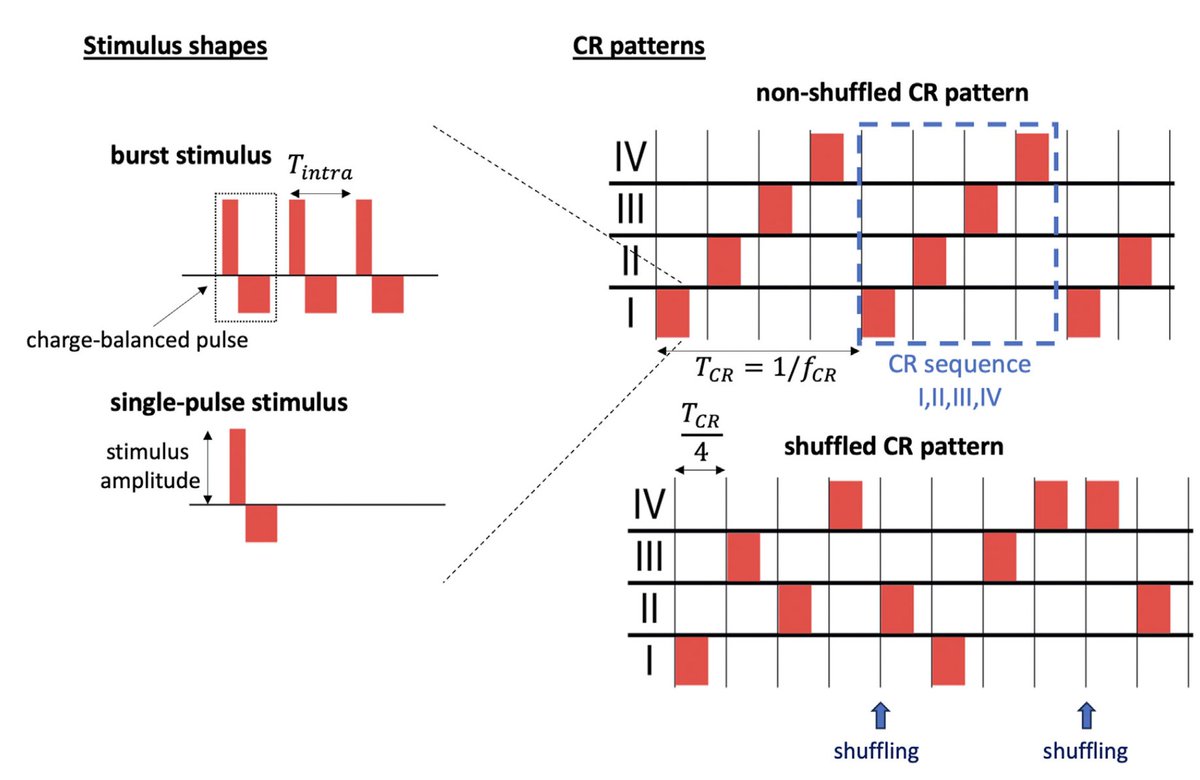
Peter A. Tass, MD, PhD
@peter_tass
Professor, @StanfordNsurg @StanfordMed. My lab develops #neuromodulation techniques to treat #Parkinsons disease and other neurologic conditions.
ID: 1565793758217572352
https://med.stanford.edu/tass-lab/team.html 02-09-2022 20:09:15
84 Tweet
616 Followers
126 Following

Welcome Jakob! We are thrilled to having you on board very soon. Very much looking forward to our collaboration with Rune W. Berg and very grateful to Lundbeckfonden for the support!



In a theoretical study in Brain Stimulation , we demonstrate the important role of sequences and their shuffling on the stimulation outcome of coordinated reset stimulation. The paper can be found here: doi.org/10.1016/j.brs.…


Details of the model and code used in our theoretical study (doi.org/10.1016/j.brs.… ) published in Brain Stimulation can be found in a paper published in Data in Brief: doi.org/10.1016/j.dib.…

Roar Jakob Sørensen receiving his DARE fellowship graduation certificate on May 23, 2024 from Allan Skårup UC San Francisco. Congrats to Jakob for this amazing job at Stanford and in collaboration with Rune W. Berg Berg Lab. Many thanks to Lundbeckfonden for the great support!


Here is a detailed computational follow up study on the interplay between spatially inhomogeous connectivity patterns and the impact of different types of CR sequences, published in Frontiers - Network Physiology : doi.org/10.3389/fnetp.…


"Our computational study illustrates the potential of properly designed multichannel stimulation patterns for desynchronizing abnormal neural rhythms" says Prof Peter A. Tass, MD, PhD, Dr @Neuro1989 and Dr Kromer fro.ntiers.in/Qo3N

We are happy to announce publication of a computational study describing the impact of different types of plasticity mechanisms on neural network structure and dynamics and related stimulus responses in PLOS Computational Biology. Kanishk Chauhan, PhD Alexander B Neiman doi.org/10.1371/journa…

Recently published research Justus Kromer and Peter A. Tass, MD, PhD performed numerical simulations of networks of leaky integrate-and-fire neurons with spike-timing-dependent plasticity and spatially dependent synaptic connections. See the results here: fro.ntiers.in/T3zH





Here is the first in vivo epilepsy application of desynchronizing electrical CR stimulation, by Stanford, Johns Hopkins and Technion, published in Epilepsy & Behavior : doi.org/10.1016/j.yebe… Daniel Ehrens Vivek Charu Stanford Neurosurgery



